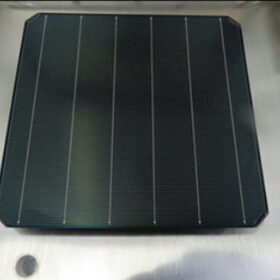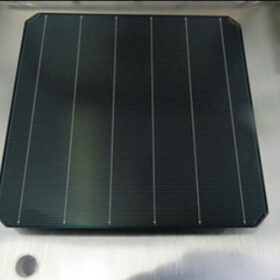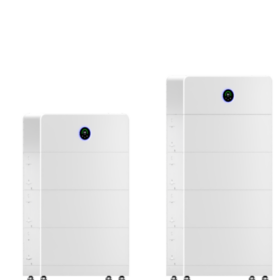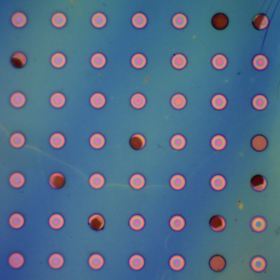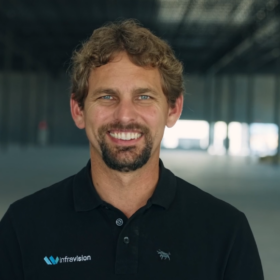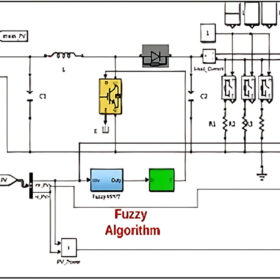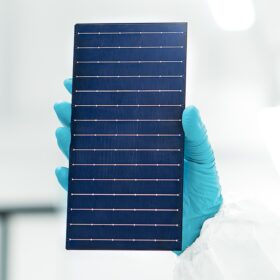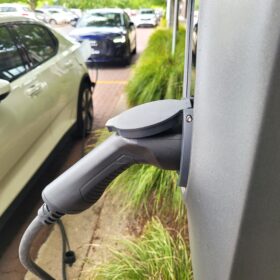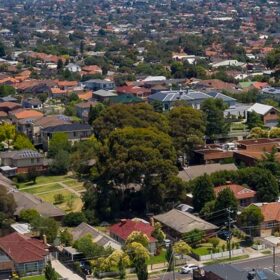Longi reveals details of world’s most efficient silicon solar cell
In a new scientific paper, the Chinese solar manufacturer explained that the 27.81%-efficient hybrid interdigitated back-contact cell it unveiled in April is based on passivated tunneling contacts and dielectric passivation layers, while also incorporating both n-type and p-type contacts.
1414 Degrees progresses battery storage development at Aurora energy precinct
1414 Degrees is progressing the development of a battery energy storage system at the Aurora Energy Precinct in South Australia, for the joint venture SiliconAurora, and is independently developing a long duration thermal energy storage facility, with eyes on providing firmed power for data centres.
Longi reveals details of world’s most efficient silicon solar cell
In a new scientific paper, the Chinese solar manufacturer explained that the 27.81%-efficient hybrid interdigitated back-contact cell it unveiled in April is based on passivated tunnelling contacts and dielectric passivation layers, while also incorporating both n-type and p-type contacts.
GoodWe releases new residential all-in-one storage solution
The Chinese company says that its new ESA series is available with a hybrid inverter ranging from 3 kW to 10 kW and storage capacities of 5 kWh to 48 kWh. The IP66-rated product supports an MPPT current of up to 20 A on the PV side and allows 200% PV oversizing, according to the manufacturer.
Polymer film tipped to prevent solar panel corrosion
Engineers in the United States have developed a polymer coating they say could be used to protect PV modules, due to its impermeability to gases. The team has demonstrated that a 60-nanometer-thick film can extend the lifetime of a perovskite crystal by several weeks.
Infravision hires former SpaceX executive as chief technology officer
Australia founded, Texas-headquartered Infravision has appointed former Space X and energy systems engineer Frank Tybor as chief technology officer as the company leverages its recent $139 million Series B led by GIC.
Optimising PV system tilt angle, MPPT using fuzzy logic controller
Researchers in the Middle East have developed a fuzzy logic controller that simultaneously optimises the tilt angle of PV systems and performs maximum power point tracking. Year-long simulations indicate that the proposed approach increases power generation by approximately 20%.
Outdoor testing identifies factors contributing to perovskite solar cell degradation
Tests conducted by a research team in outdoor environments in Spain and Poland have demonstrated a strong correlation between perovskite solar cell degradation and the combined effects of climatic and operating conditions. The scientists found that open-circuit operation accelerates degradation, whereas operation at the maximum power point and under short-circuit conditions has a lower impact.
$25.3 million finance to advance SunDrive copper solar cell technology
The Australian Renewable Energy Agency has committed $25.3 million to SunDrive to support its copper metallisation technology from development at its South Sydney facility to a 300 MW commercial-scale production tool.
ARENA backs Fortescue technology trial at a Pilbara solar innovation hub
The Australian Renewable Energy Agency is backing mining giant Fortescue with $45 million in funding, to trial new technologies that include methods to accelerate large-scale solar deployment and next generation solar construction techniques, at a Pilbara solar innovation hub.
